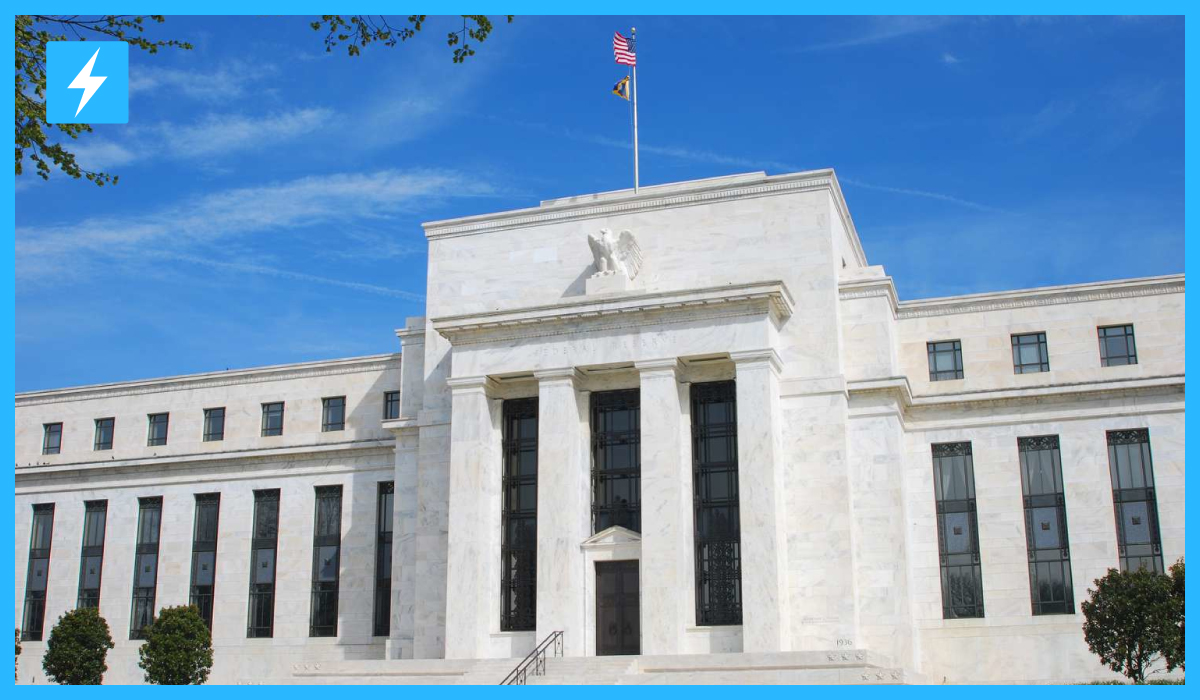Introduction: Trade Shockwaves from Trump’s 2025 Tariff Announcement
President Donald Trump has brought in a new stage of global trade tensions by introducing a wide scale Trump Announces 30% Tariffs Against EU and Mexico which will come into play August 1. The announcement which he put out via social media marks what may be the most far reaching action of his second term in office and also puts forward a very large shift in the U.S. approach to trade policy with which the U.S. has had as friends as well as competitors.
The Announcement: Letters to the Editor from Trump
Trump sent out formal letters to the leaders of Mexico and the European Union with his announcement. In his to the President of Mexico which reported on that country’s efforts in reducing illegal migration and the flow of fentanyl into the U.S. but also put forth that Mexico had not done enough to put a stop to what he said was a “Narco-Trafficking Playground” in North America. Also that “Mexico is a part of the border security solution, but what Mexico has put forth is not enough.”
To the European Union which is what Trump did. He put forth that the US trade deficit with the Union is a national security issue which he attributed to what he terms as the Union’s unfair tariff and non-tariff barriers. “Our relationship has not been reciprocal in this—rather it has been one of large and persistent trade deficits” he stressed the requirement to remediate that.
The Broader Tariff Strategy from the Trump Administration

These in a large scale set of trade actions which is a element of Trump’s 2024 presidential platform he is using to restructure U.S. trade policies. In recent weeks he has put out word to 24 countries and the 27 member European Union that he is going to be issuing similar tariffs and that should they break against us or not fall in line with what the U.S. wants we may see tariffs as high as 50%.
Trump’s administration put forth that which it did to revitalize the U.S. economy which he says has for decades been damaged by unfair foreign trade practices. The tariffs we are told will make trading partners to reevaluate their terms and in turn cause companies to bring production back to the United States.
EU and International Response to the 30% Tariffs
European Union Commission President Ursula von der Leyen acted fast in that which the Union will push forward with its approach of a solid transatlantic trade but also put on notice that the EU will not hesitate to protect what is its own, which includes the use of what is to be proportional measures should the need arise. Also the EU has put out that it is in full defense of its economic issues which it will do so at the same time as we see it put out that it is still very much at the table for a deal before the August 1st deadline.
Italy also put forth similar views as the rest of Europe which was in support of a moderate approach and called on all parties to reach a fair solution, we are warned that a trade war between the U.S. and Europe is counterproductive at this time which also applies to the world at large.
Impact on World Trade Rules and Global Economic Norms
Trump’s tariff offensive puts an end to what for years has been a consistent global trade practices. Since the Uruguay Round of talks almost all major economies including the U.S. have been part of the “most favored nation” which does not support higher tariffs for some countries over others. By going after certain countries with much higher rates the U.S. is leaving that which we have had for a long time and is thus causing worry of a breakdown in the rules based international trading system.
The Mexico Tariff and Growing USMCA Uncertainty
The 30% tariff on Mexican imports is a large issue which in fact will take over from the 25% tariffs that we had seen up until now which were put in place for products that don’t conform to the U.S.-Mexico-Canada Agreement (USMCA). Also in his recent letter out went no word from Trump as to what happens to the issue of import from Canada which are in compliance with the USMCA after August 1 which in turn has put in a state of uncertainty for companies which are very much into cross border trade.
In recent time we have seen a series of executive orders and policy changes which play upon Mexican exports — from tariffs which have seen to fluctuate between 10% and 25% based on the product and its compliance with USMCA rules. For Mexican exporters what has become very critical is that they secure compliance with the rules of origin in the USMCA in order to avoid those high tariffs.
The Scale of Transatlantic Trade at Stake
The economic issues are very large. The EU is the main market for U.S. exports, and the U.S. is EU’s biggest trade partner. In 2024 we saw EU–U.S. trade in goods and services total at €1.7 trillion ($2 trillion) which averages out to €4.6 billion in trade per day. Top exports from the EU to the U.S. include:
- Pharmaceuticals
- Automobiles
- Aircraft
- Chemicals
- Medical instruments
- Wine and spirits
Trump has reported out that the EU’s €198 billion trade surplus in goods is a sign of unfair trade practices. Also the U.S. has a large surplus in services which include cloud computing, travel and financial services and which in turn reduces the total trade deficit with the EU to about €50 billion ($59 billion) which is less than 3% of total transatlantic trade.
Historical Context: From Trade Partners to Policy Clash
Prior to Trump’s coming back to office the U.S. and EU had a very cooperative trade which saw average tariff rates of 1.47% on European goods into the U.S. and 1.35% for American in the EU. The large jump to 30% tariffs is a great shift with that also being a large blow to global supply chains, a hit to consumer and business costs and a brake to economic growth on the other side of the ocean and our own.
Economic and Political Repercussions of Trump’s Tariff Plat
Economists report that the issue is very serious. Douglas Holtz-Eakin which was the former head of the Congressional Budget Office noted we have seen a lot of back and forth on the tariff issue which is a sign of broke down talks and growing uncertainty. “They are tied up in knots over what is going to happen in the future and we are left in the dark”, he reported also that the U.S. is at risk of being left out as other countries put in place measures to minimize their exposure to U.S. trade policies.
The EU is going in for a measured yet firm response. Von der Leyen reported to put forward proportionate countermeasures to defend the block’s interest which will be used should the need arise; at the same time, some European leaders are for the option of putting the boot on the U.S.’s digital services and other sectors as a form of retribution that which of course brings into play the risk of a full scale trade war.
Get Latest News: WhyTrends




